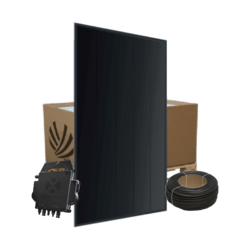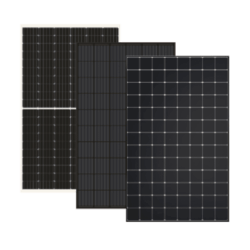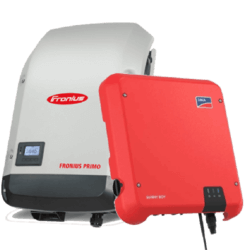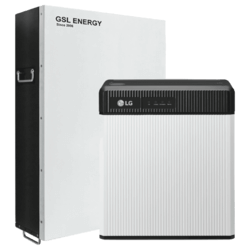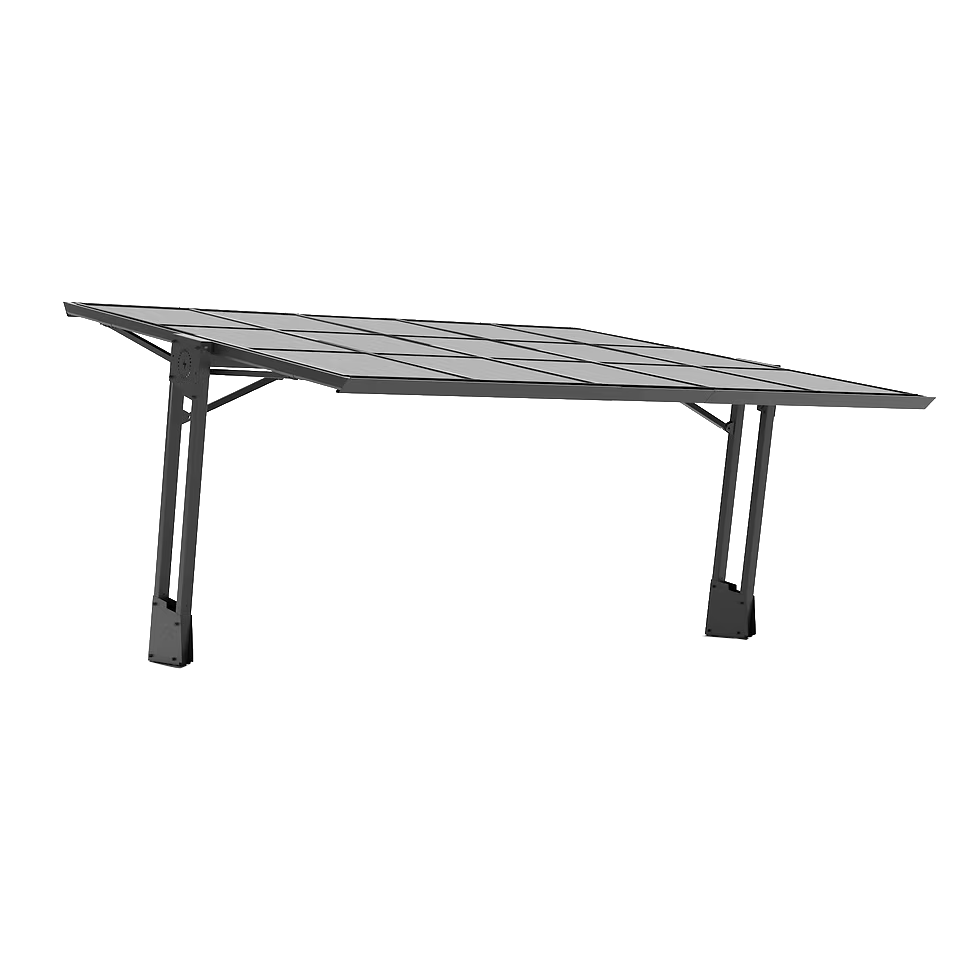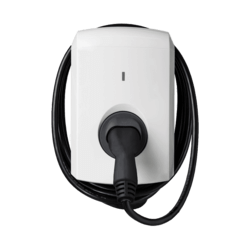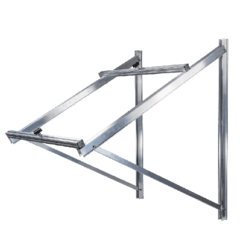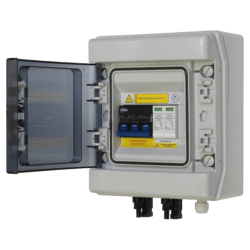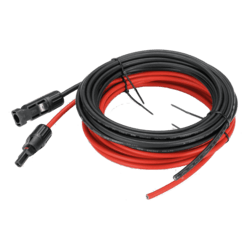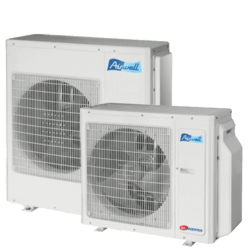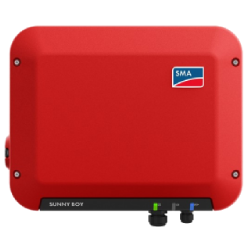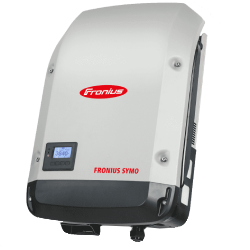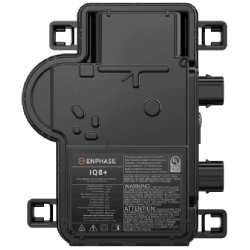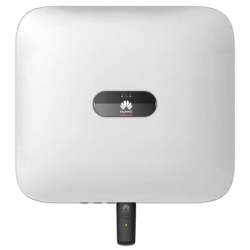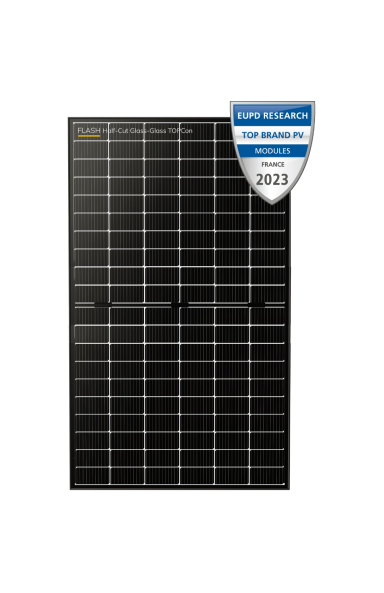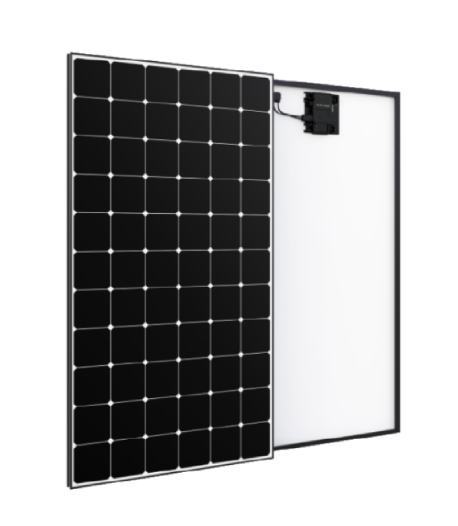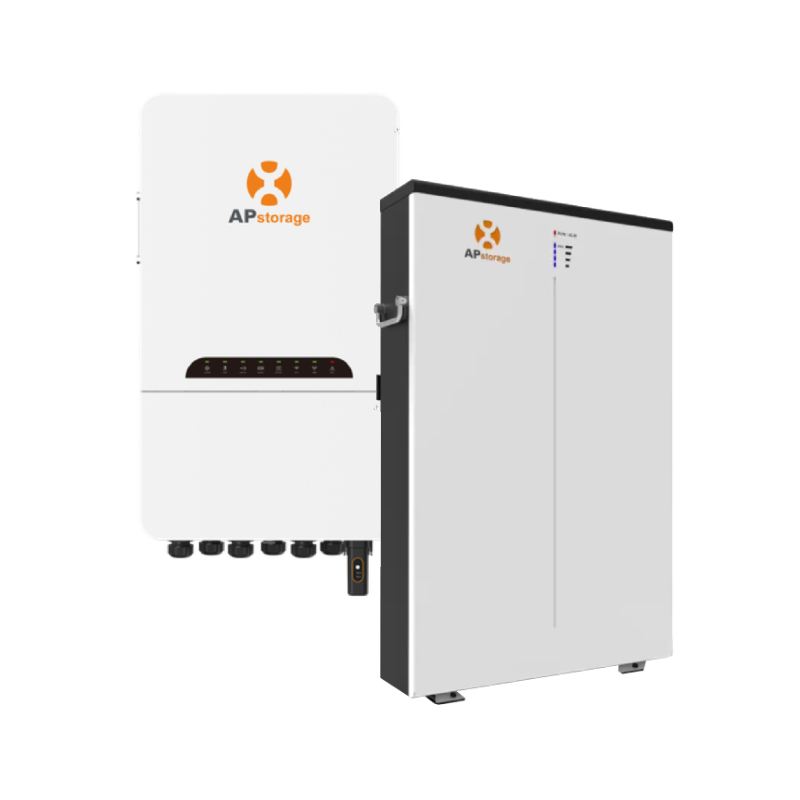Solar microinverters
Sous catégories
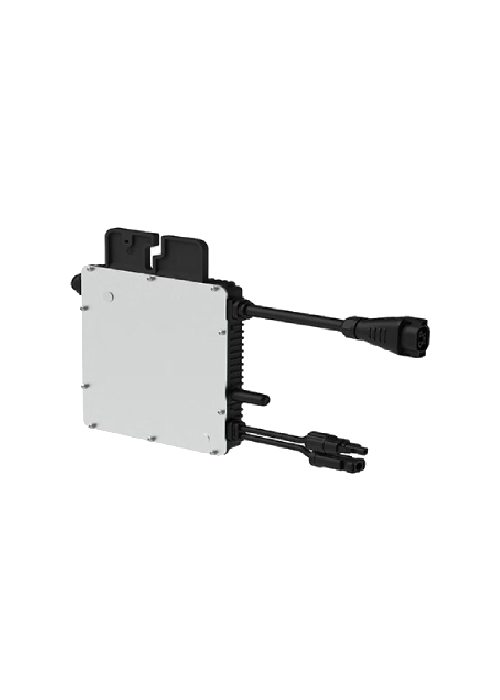
Hoymiles HMS-500-1T (500 VA) micro inverter
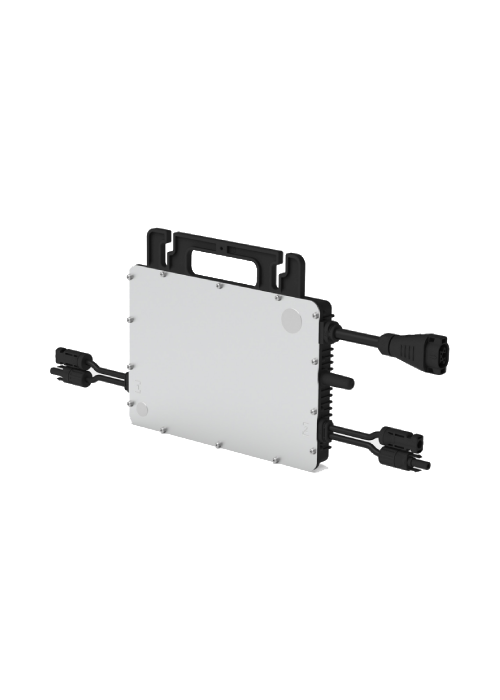
Hoymiles HMS 1000 2T single-phase micro-inverter
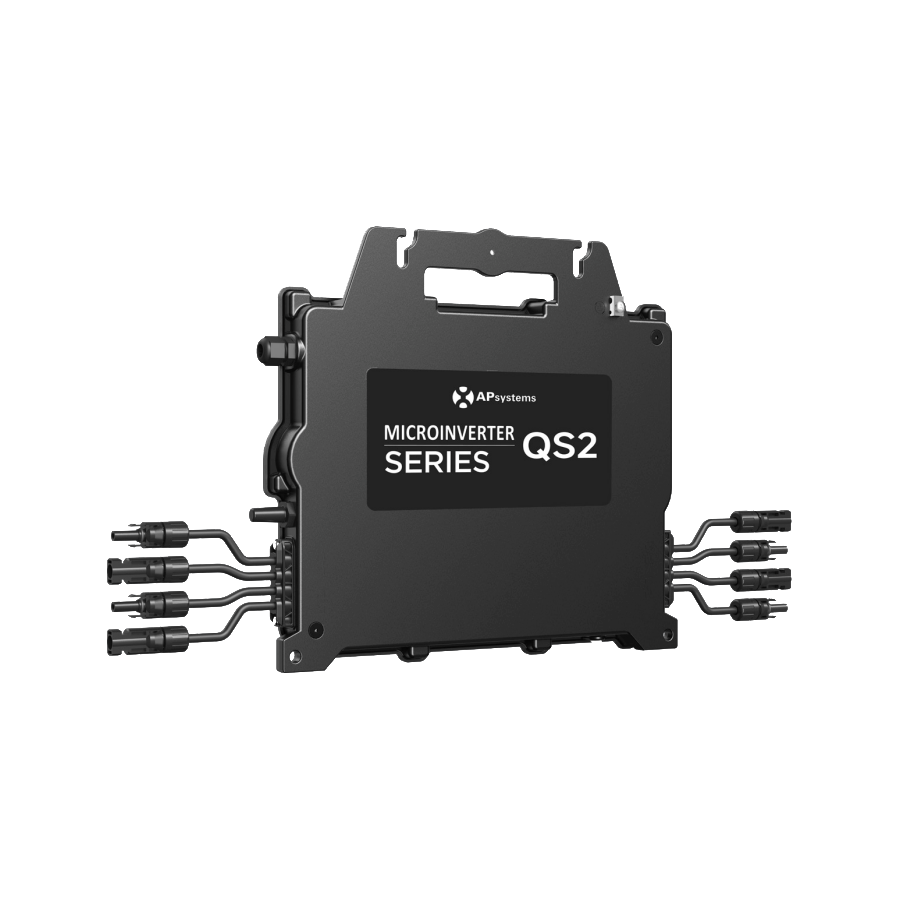
APSystems QS2 Monophase 2200 VA Micro-Inverter
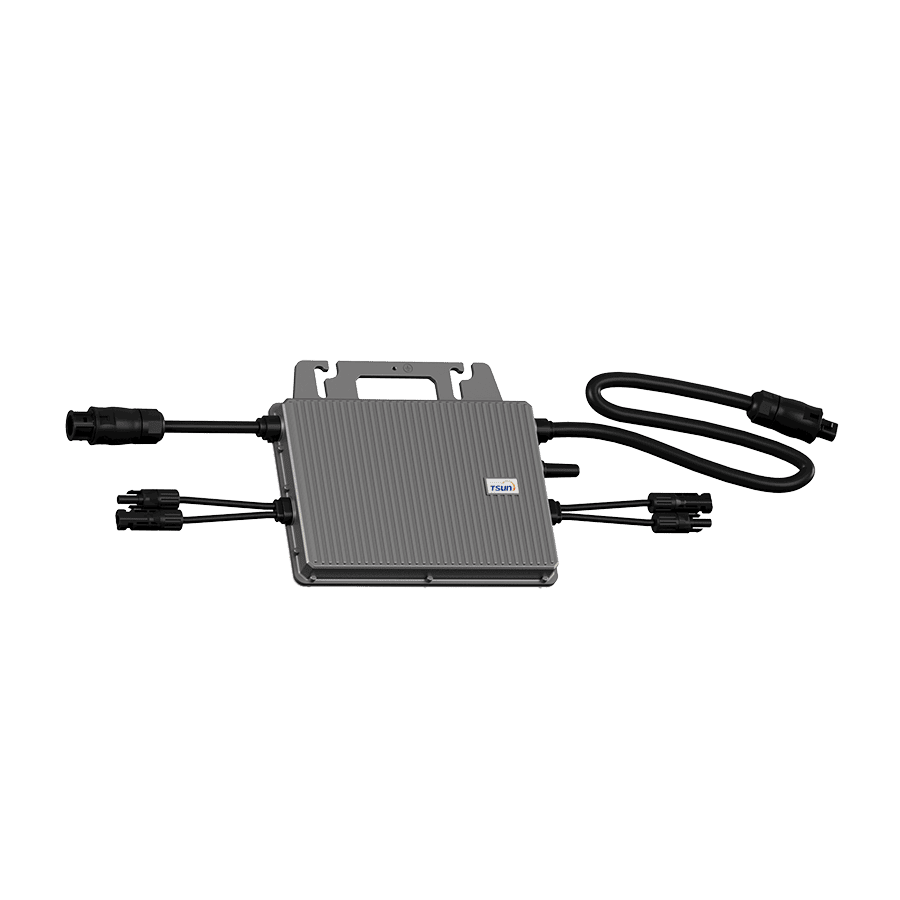
TSUN MX1000 Microinverter for 2 panels
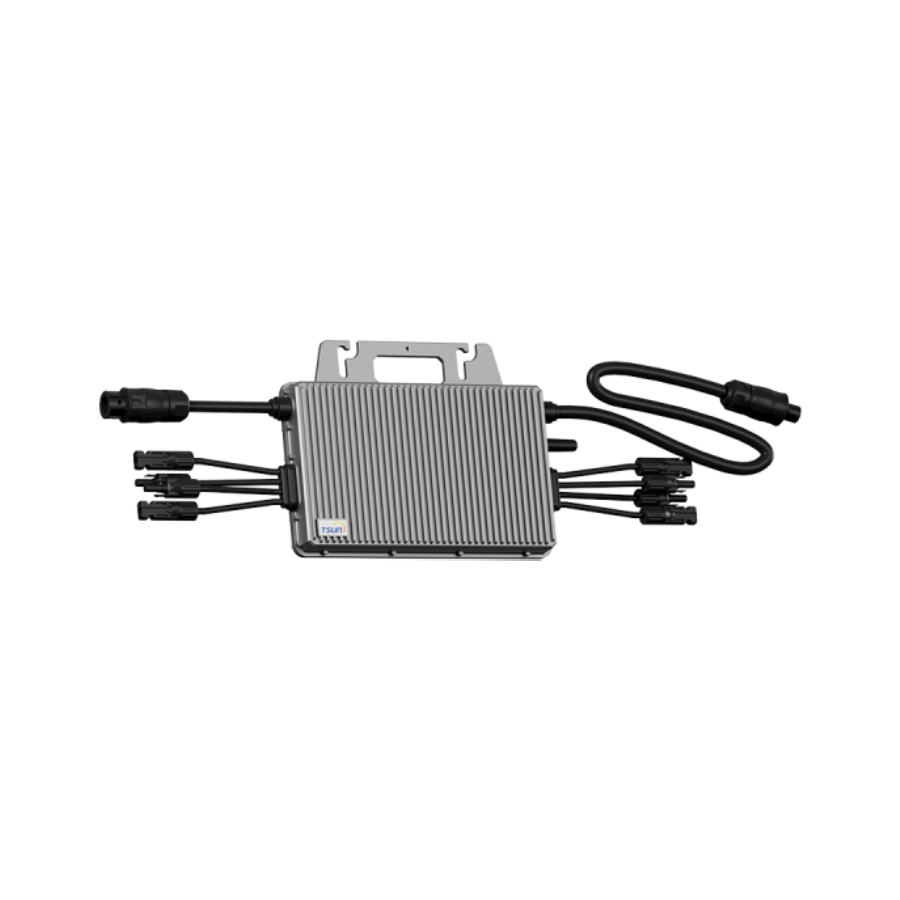
TSUN MS2000 Microinverter for 4 panels
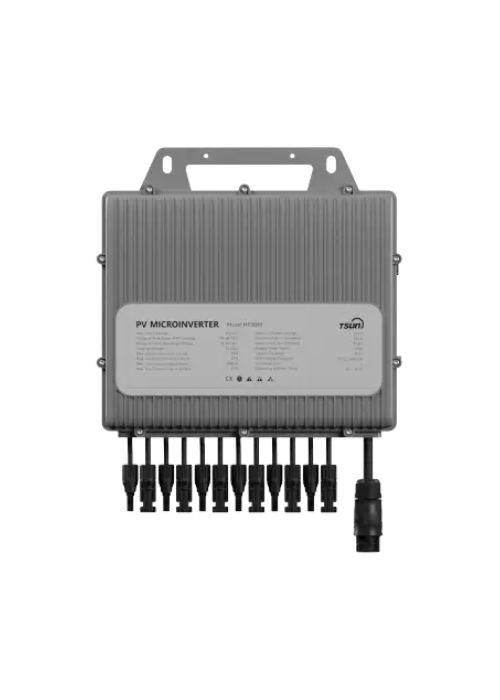
TSUN MP3000 Microinverter for 6 panels
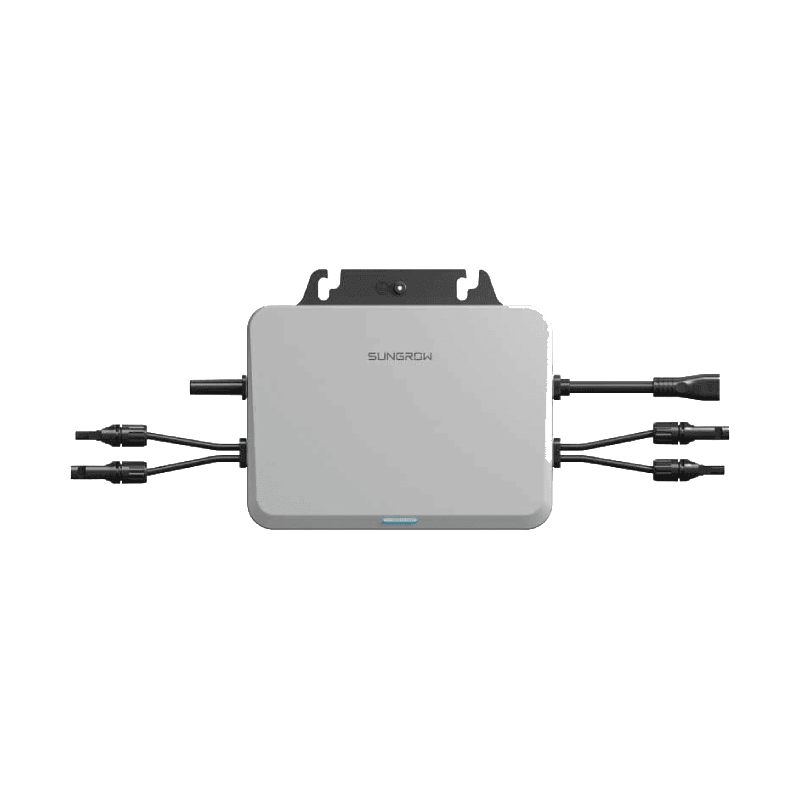
Sungrow S800S Single-phase 800VA microinverter
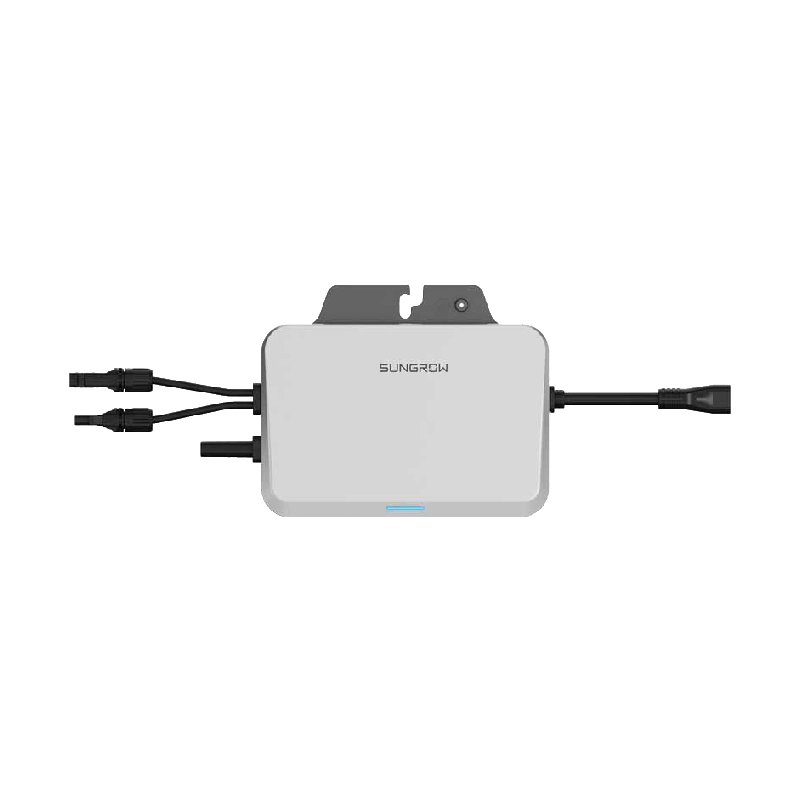
Sungrow S450S Single-phase 450VA microinverter
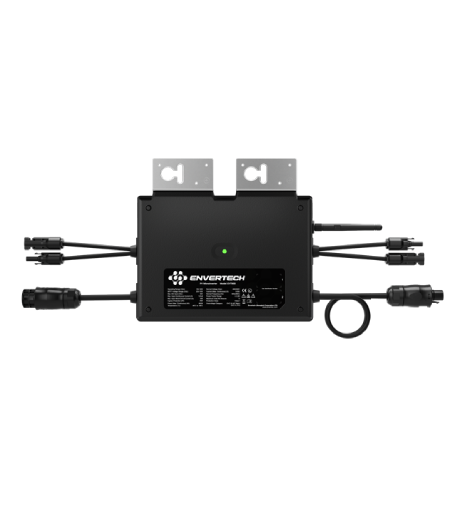
Envertech EVT1000-R Micro-Inverter 1000W
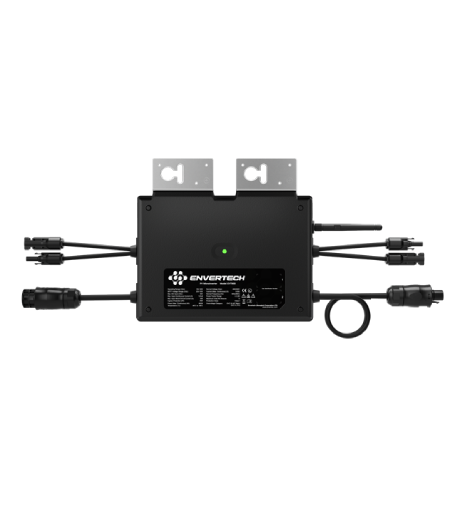
Envertech EVT800-R Micro-Inverter 800W
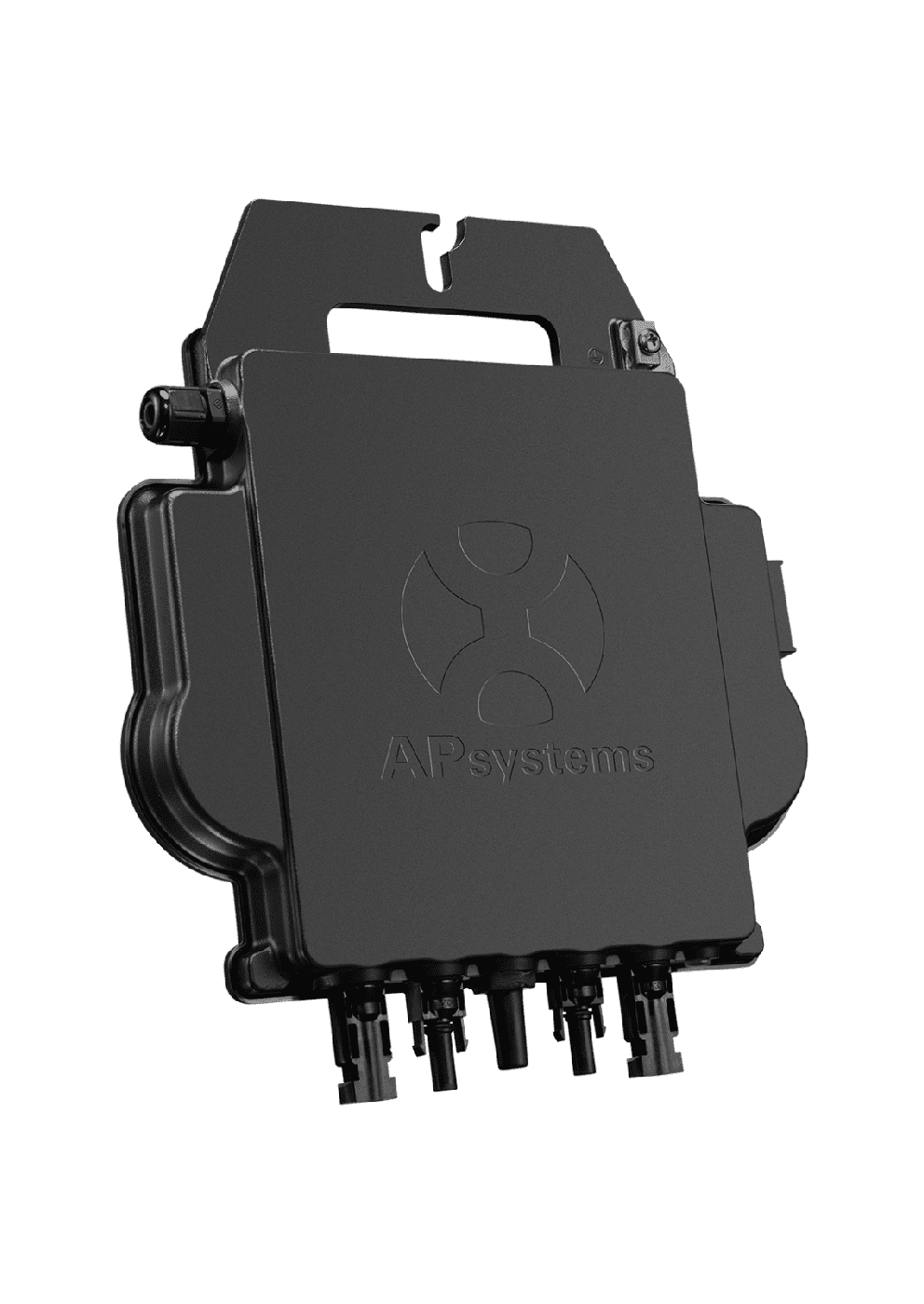
APSYSTEMS DS3-D micro inverter - 10 year warranty
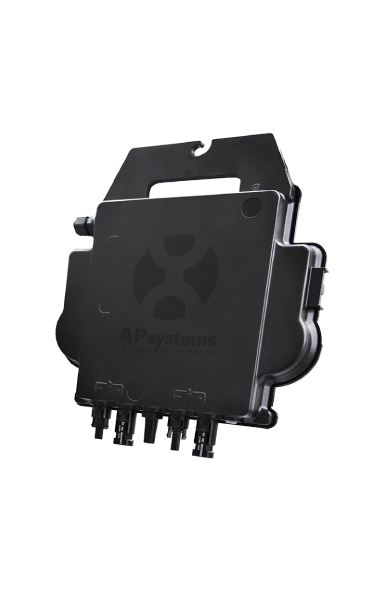
APSystems DS3-H micro inverter 960 W - 20 year warranty
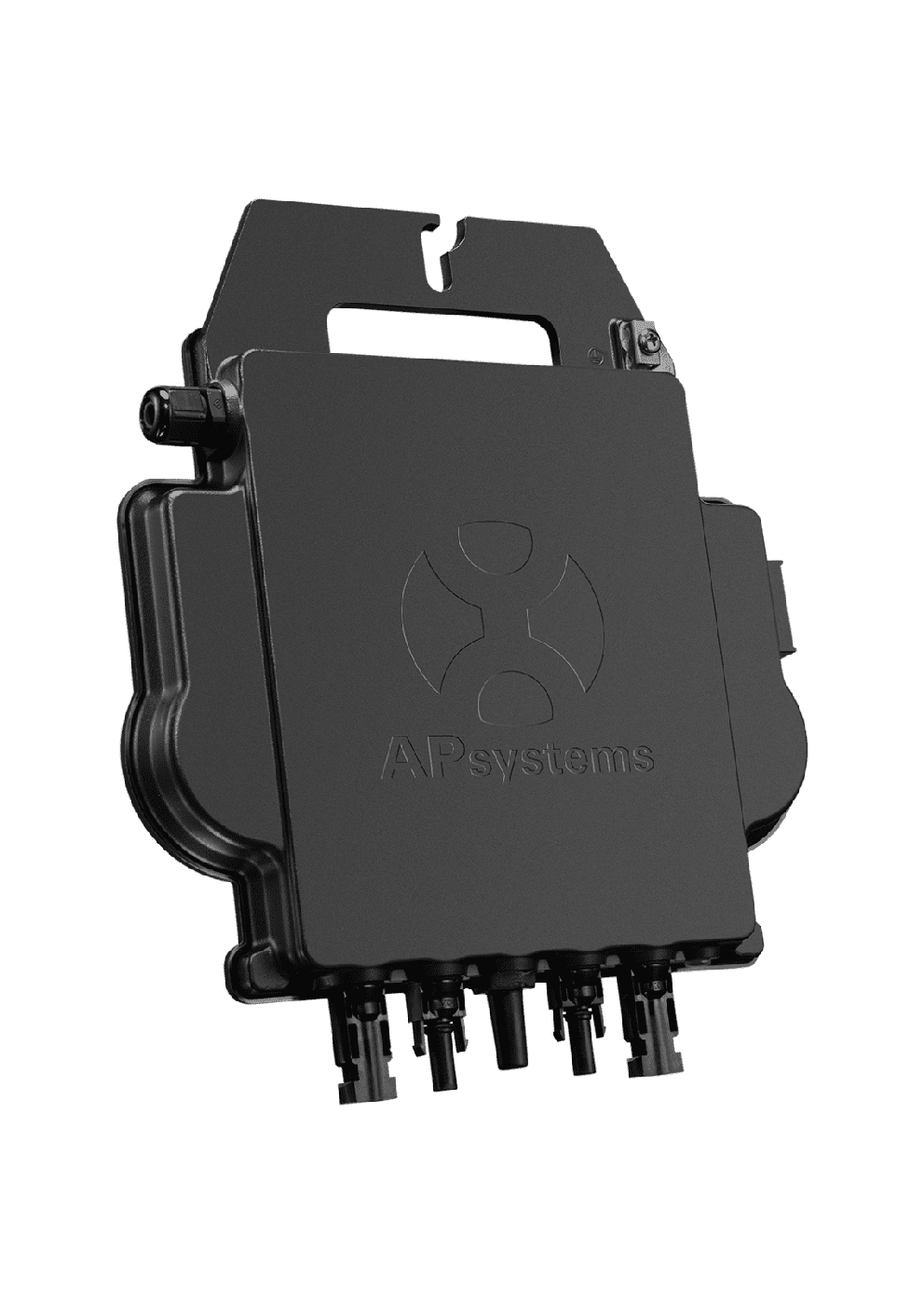
APSystems DS3-H micro inverter 960 W - 10 year warranty
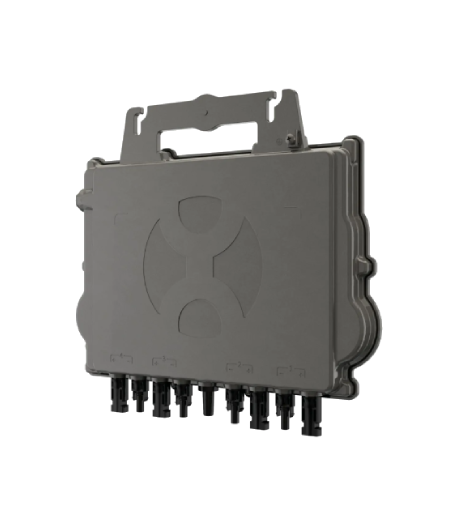
APSystems QT2 Micro Inventer - 20 year warranty
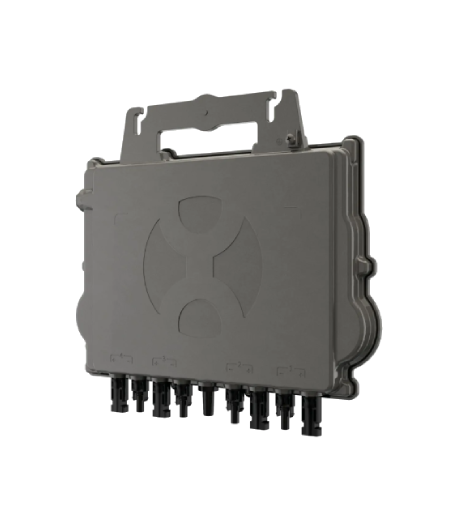
APSystems QT2 Micro Inventer 10 Year Warranty
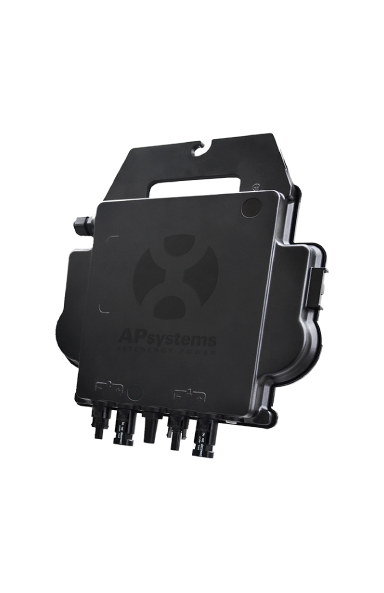
APSystems DS3-L Micro Inverter - 20 year warranty
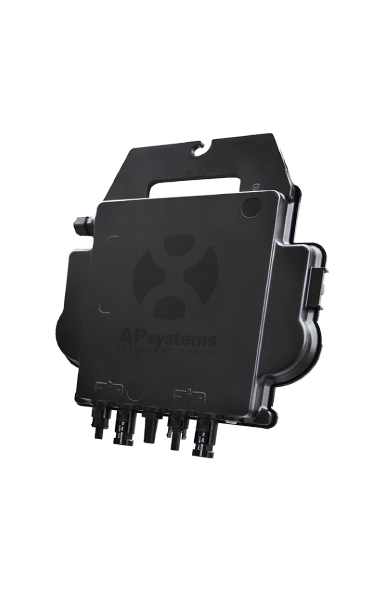
APSystems DS3 Micro Inverter 880 W - 20 year warranty
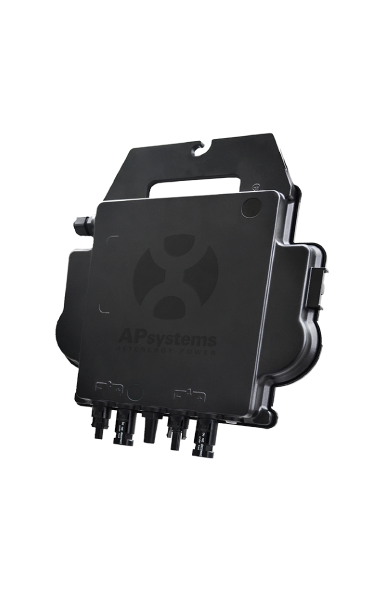
APSystems DS3-L Micro inverter - 10 year warranty
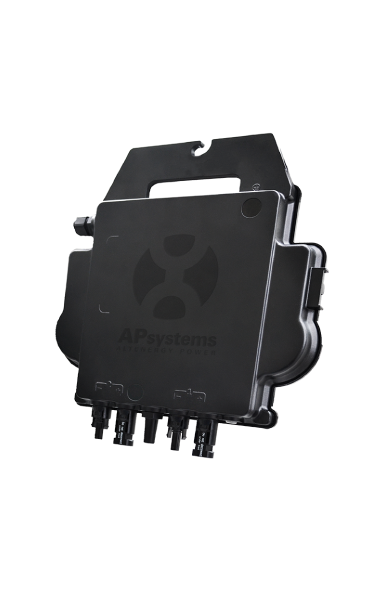
APSystems DS3 Micro inverter 880 W - 10 year warranty
Micro-Inverter
Do you want to optimize your photovoltaic system? Micro-inverters are an excellent option. Unlike a central inverter, a micro-inverter is connected to only one solar panel. This means that if one panel encounters an issue, the entire system remains unaffected and continues generating electricity. Additionally, micro-inverters offer several other benefits. Discover them with Planet Soar.
Explore Our Range of Micro-Inverters
Planet Soar offers a wide range of micro-inverters to meet your green energy production needs. Our products are high-performance, sourced from leading brands, and offered at reasonable prices.
What is a Micro-Inverter?
A micro-inverter is a small solar converter that connects individually to photovoltaic panels. Unlike a central inverter, which is connected in series to the entire solar installation, a micro-inverter is attached to each panel separately. It comes in the form of a rectangular box equipped with various electronic components, connectors, and a cooling fan.
The Role of a Micro-Inverter in a Photovoltaic System
An inverter or micro-inverter plays a crucial role in a solar power system. It is responsible for converting the direct current (DC) generated by solar panels into alternating current (AC), making the electricity usable within your home to power appliances.
How Does a Micro-Inverter Work?
The micro-inverter is installed on the back of a solar panel. It continuously analyzes the current generated by the panel based on external conditions. Electricity production is not constant—it stops at night and varies depending on sunlight exposure and temperature. The micro-inverter temporarily stores the DC power produced by the panel before converting it into AC power.
Advantages of a Micro-Inverter
There are many advantages to using a microinverter.
Optimizing Electricity Production
Micro-inverters help maximize the output of solar panels. In a system with micro-inverters, the panels are configured in parallel, meaning each operates independently with its own micro-inverter.
-
If a panel is shaded or malfunctions, it does not affect the rest of the system.
-
Other panels continue to function normally, without any power loss.
-
Each panel operates at its maximum potential without being limited by others.
Enhancing System Safety
Micro-inverters provide optimal safety because they use shorter cable lengths, making energy conversion more direct. They also allow for better voltage control, reducing the risk of electrical arcs.
Better Panel Positioning (Photovoltaic Layout Optimization)
When installing solar panels, it’s essential to consider their positioning, orientation, and tilt. In a series-connected system, adjusting one panel's position affects the entire system. As a result, well-positioned panels may have to limit their performance to match less-optimally placed panels.
With micro-inverters, each panel operates independently, meaning you can adjust individual panels without affecting the rest of the installation.
Real-Time Energy Monitoring
Each panel is managed by its own micro-inverter, and a monitoring system allows you to track energy production in real-time. This enables you to:
-
Quickly detect any malfunction,
-
Identify underperforming panels,
-
Prevent energy losses.
Easily Expand Your Solar System
Micro-inverters are installed directly under the panels, making it easy to expand your solar setup. If you want to add new solar panels, micro-inverters allow you to do so without major modifications.
In contrast, expanding a system with a central inverter can be more complex, requiring additional adjustments, temporary shutdowns, and higher costs.
How is a Micro-Inverter Different from a Central Inverter?
With a central inverter, all solar panels are connected together. This setup has drawbacks:
-
If one panel produces less energy (due to shading or a fault), the entire system's output is reduced or even stopped.
-
Diagnosing malfunctions is more challenging since all panels are linked in series.
However, micro-inverters operate each panel independently, meaning:
-
If one panel has an issue, the rest of the system continues functioning normally.
-
Troubleshooting is easier since each panel can be monitored separately.
-
Micro-inverters last longer—typically 20 to 25 years, compared to 8 to 12 years for central inverters.
Although micro-inverters are more expensive upfront, their ability to optimize energy production and their long lifespan make them a worthwhile investment.
How to Choose a Micro-Inverter for Your Solar Installation?
When selecting a micro-inverter, consider the following factors:
-
Power and Maximum Efficiency: A micro-inverter’s power should be between 80% and 100% of your solar system’s total capacity.
-
Compatibility: Ensure the micro-inverter is compatible with other system components, such as your solar panels, batteries, and chargers.
-
Smart Monitoring: If you want to track your energy production in real-time, opt for connected micro-inverters that can be monitored via a mobile app.
Invest in Renewable Energy with Planet Soar
Planet Soar specializes in energy transition solutions. Our mission is to provide high-quality, affordable products to help you access sustainable energy.
We offer turnkey solar solutions to help you become energy-independent and reduce your carbon footprint. With our affordable pricing, we aim to make renewable energy accessible to every household.

